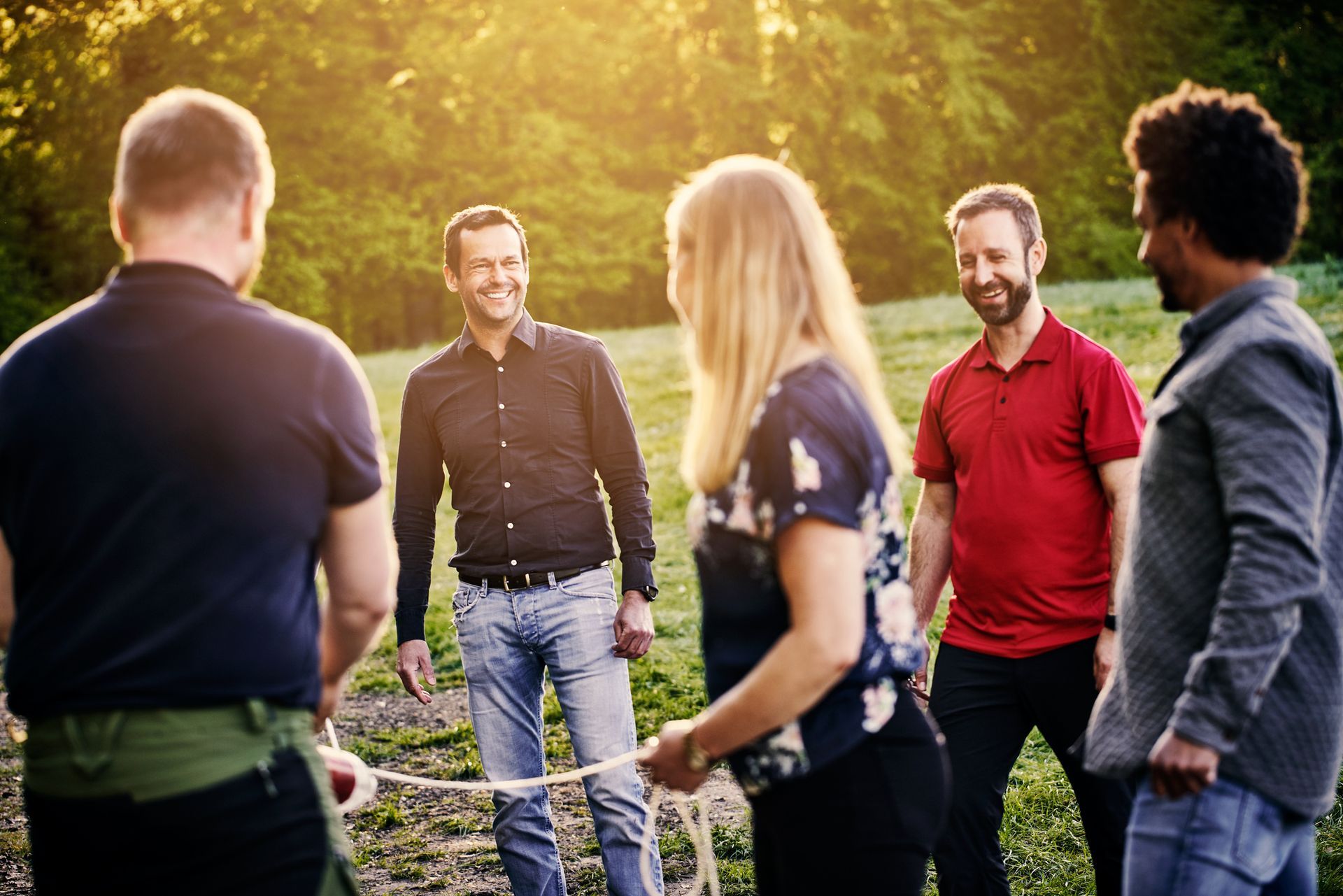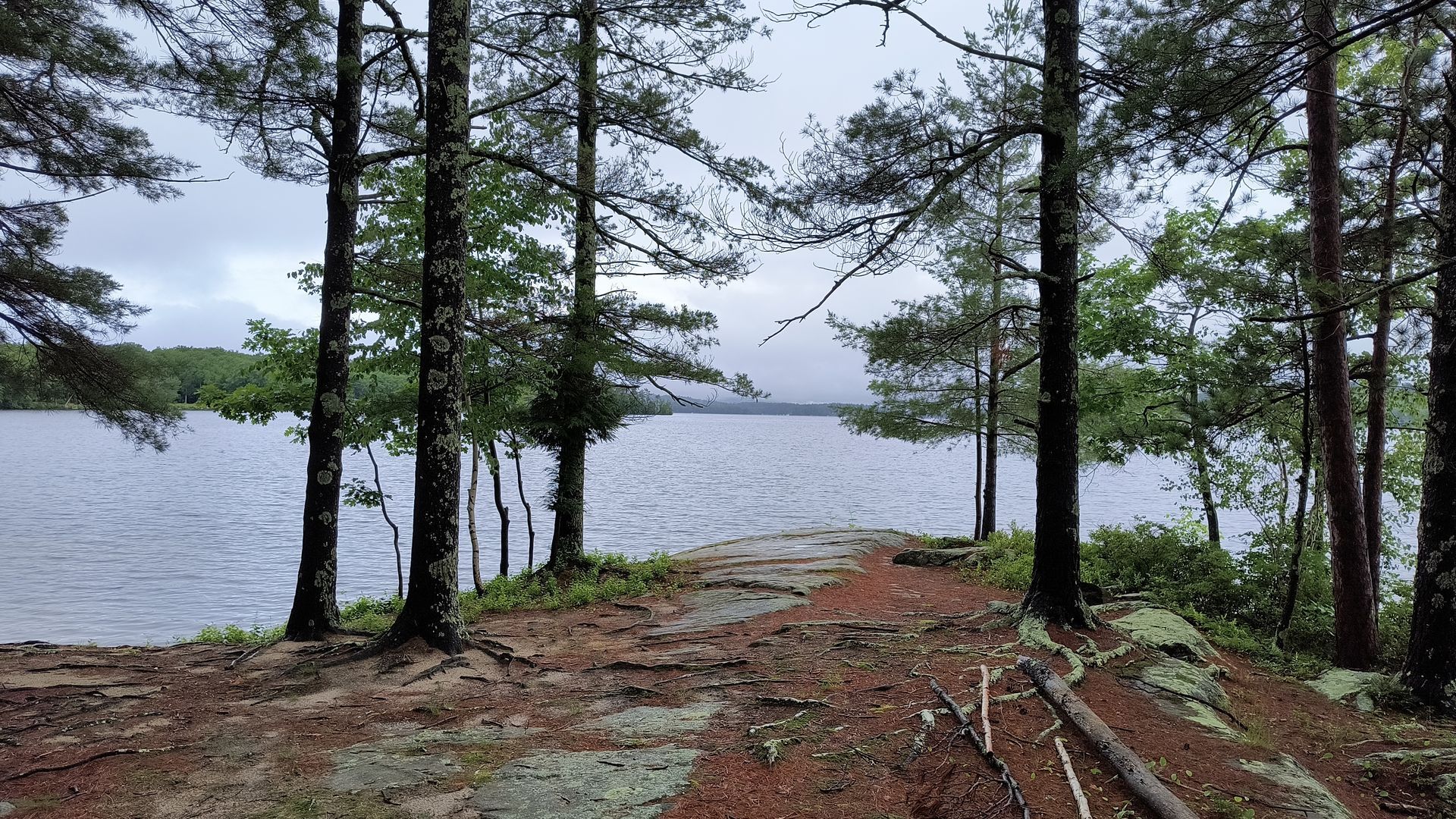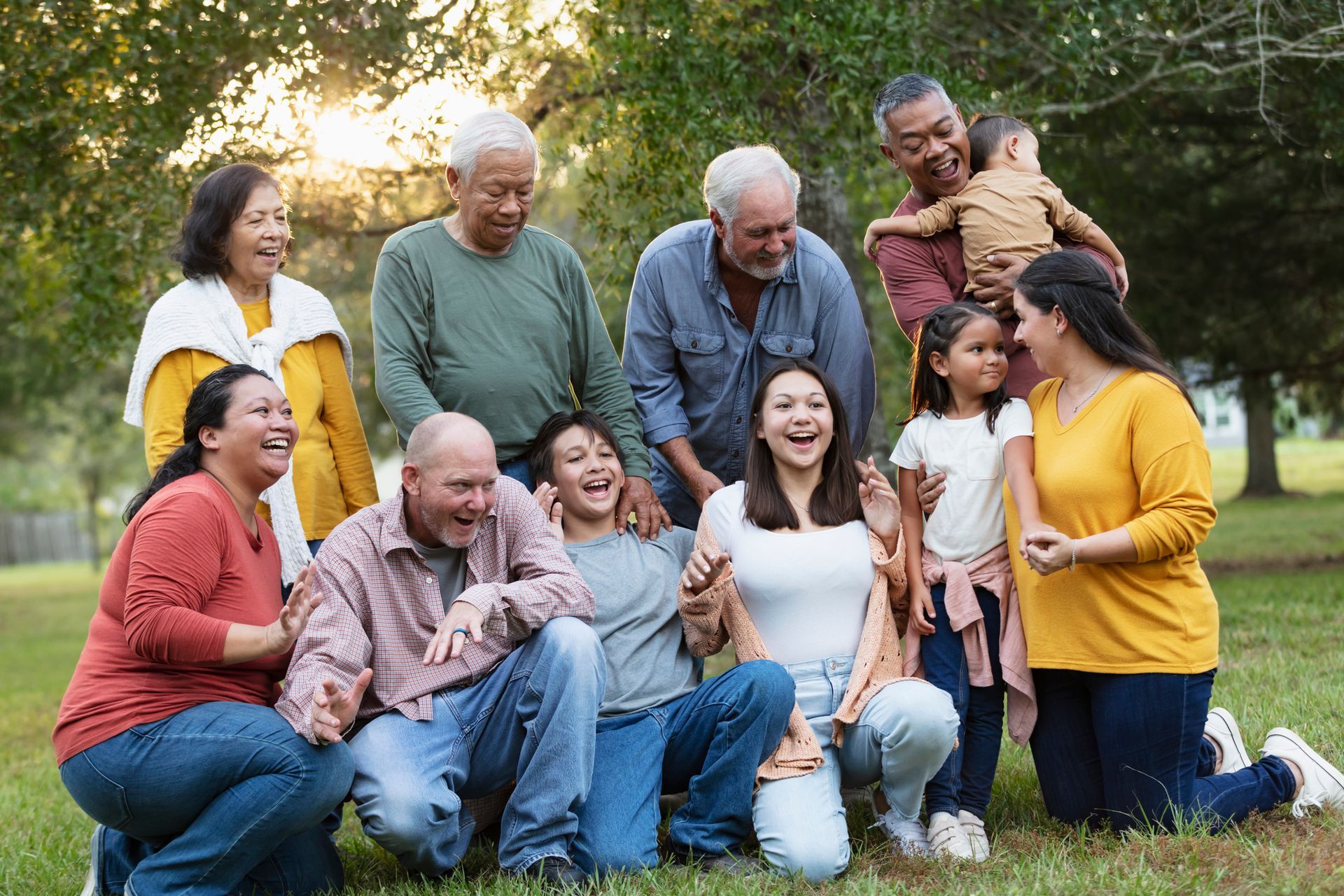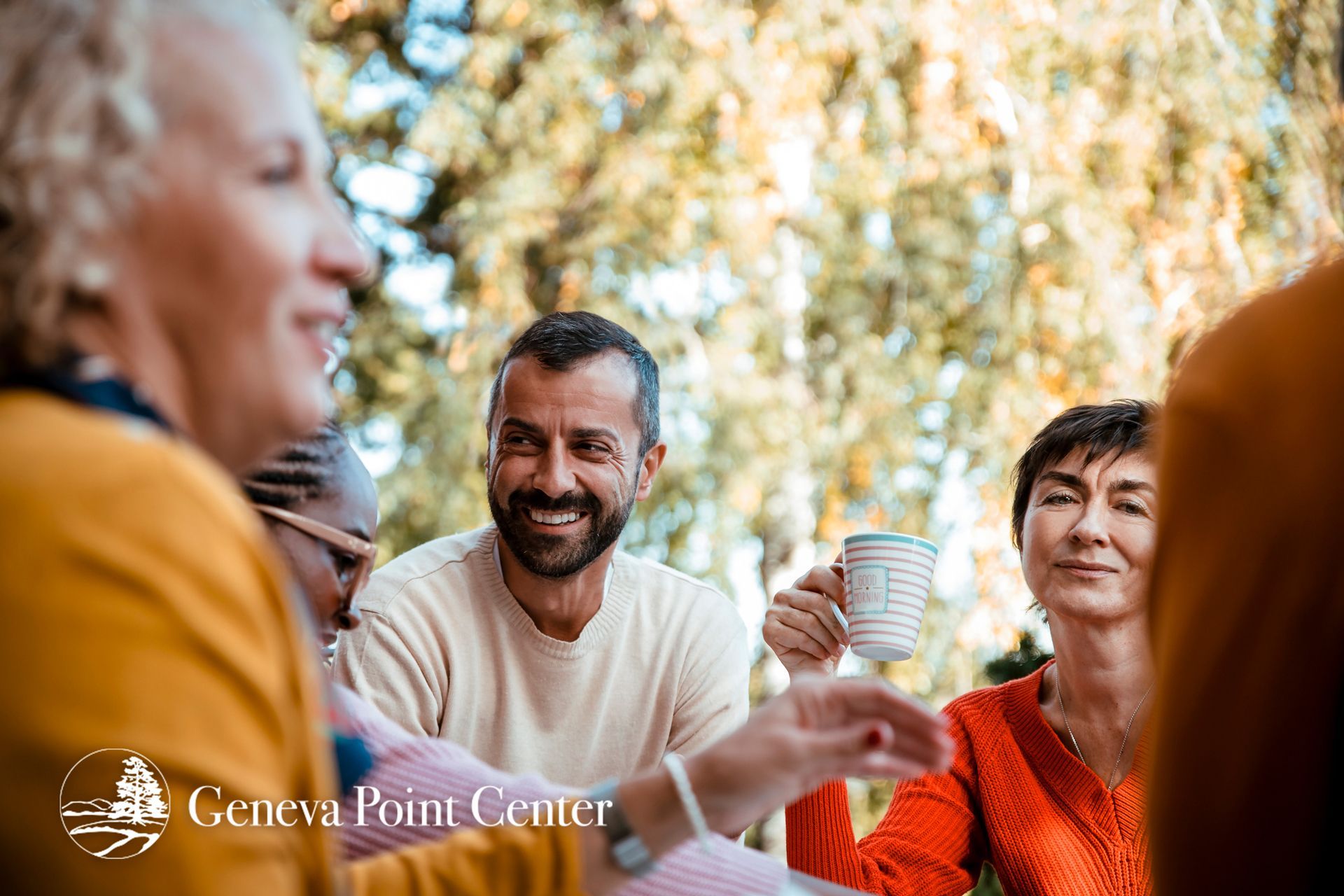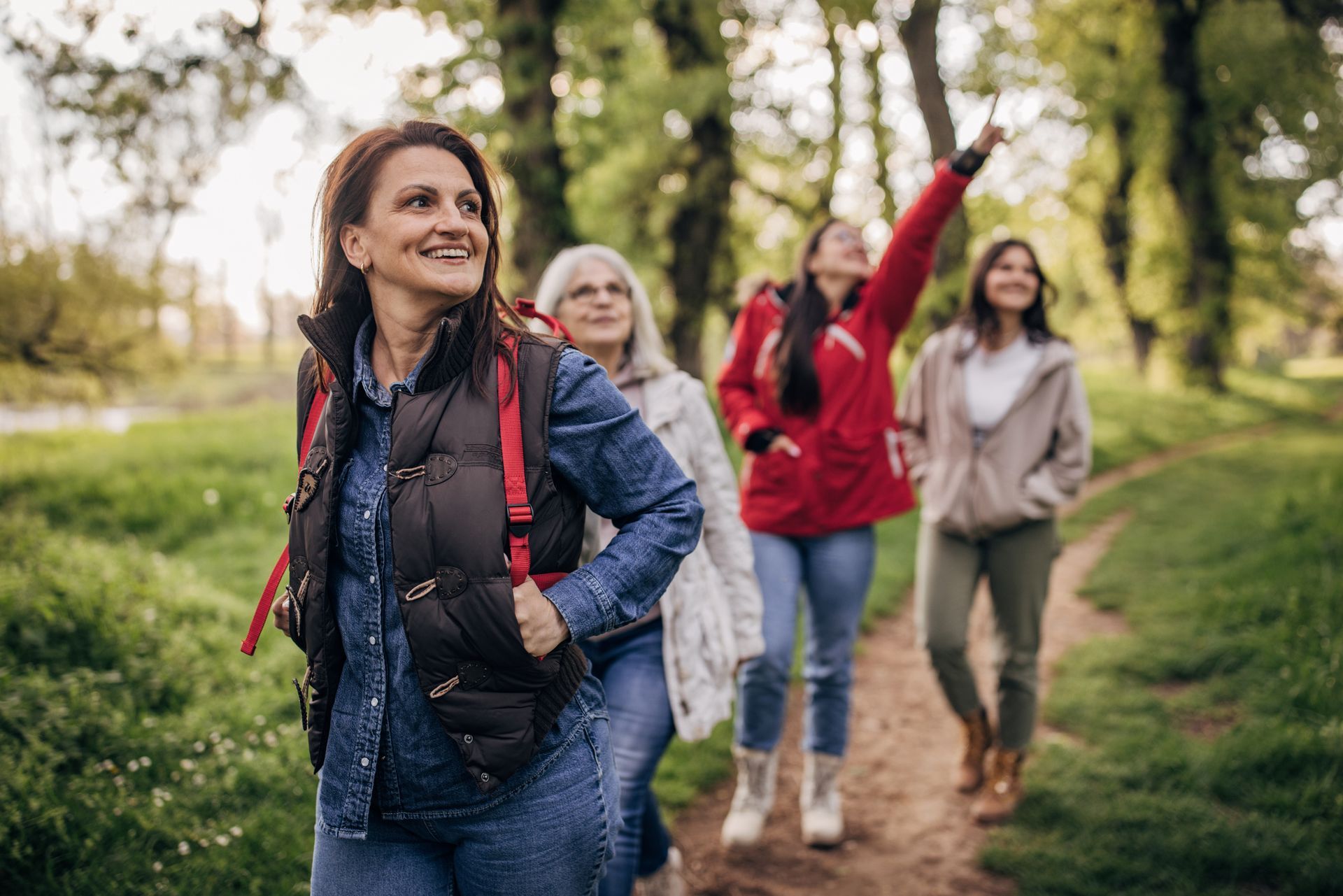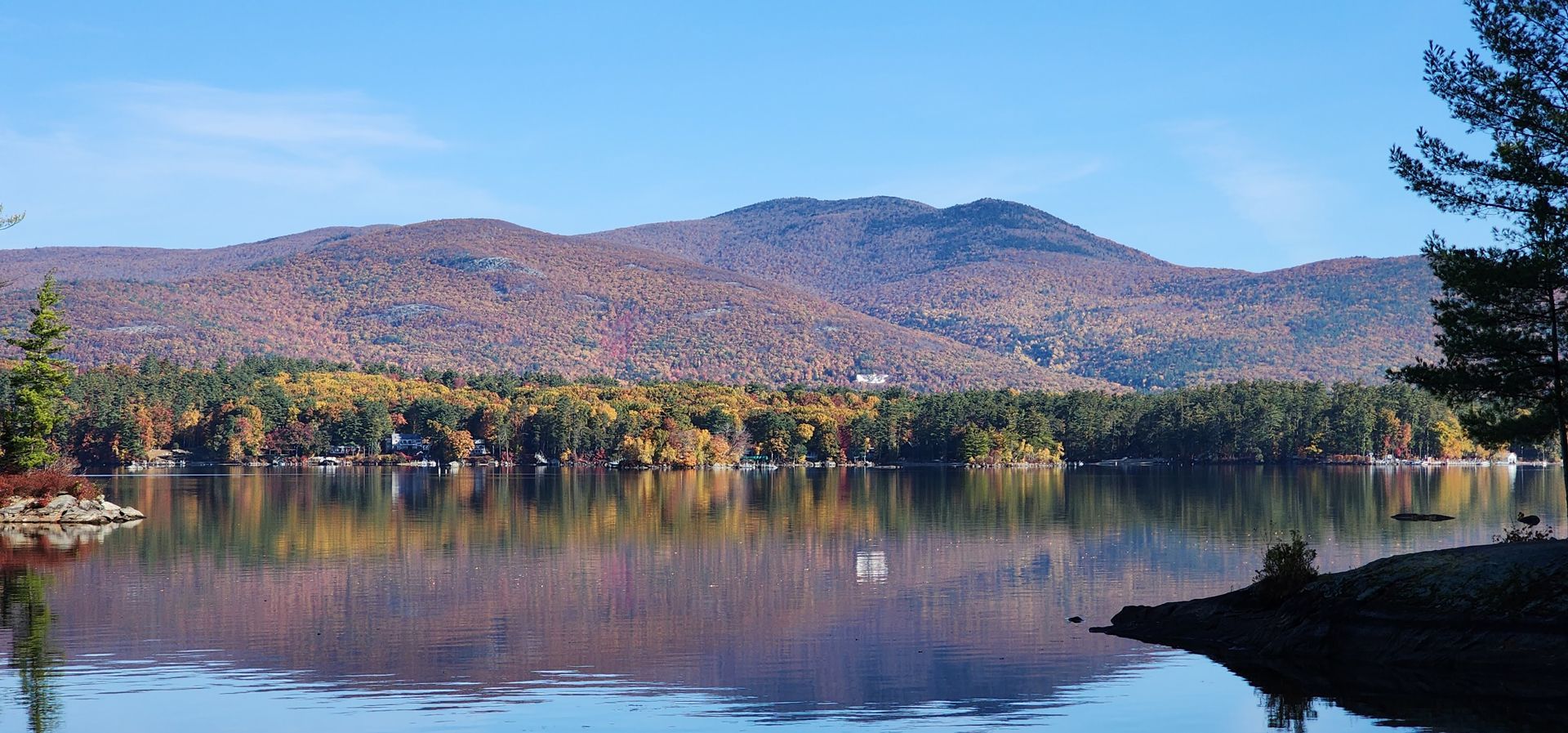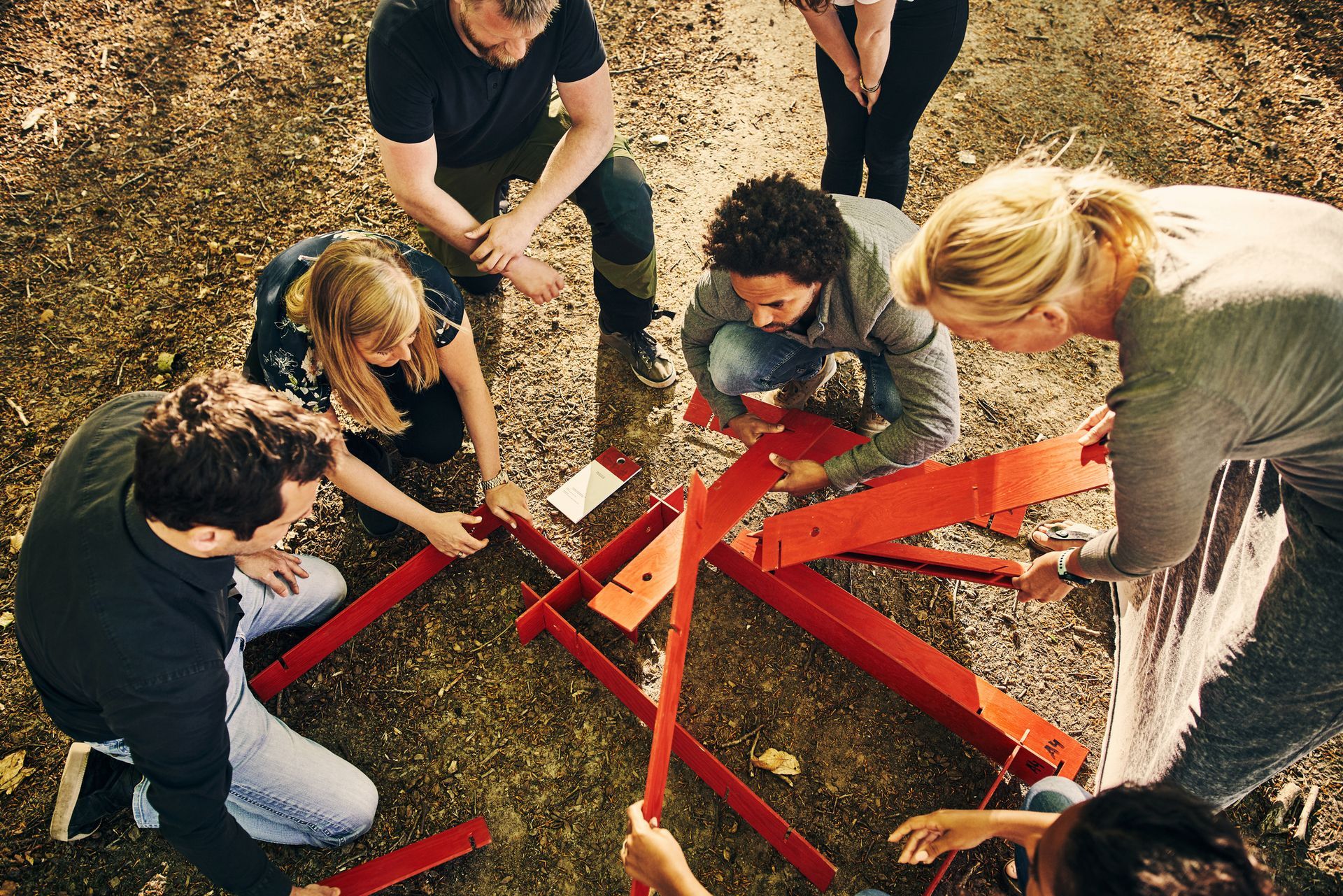Icebreaker Games for Summer Camp: 15 Proven Activities to Build Instant Connections
The first moments at summer camp can make or break a camper’s entire experience. When buses arrive and new faces emerge with nervous excitement, the atmosphere crackles with anticipation and anxiety in equal measure. This is where the magic of well-designed icebreaker games for summer camp transforms uncertainty into enthusiasm and strangers into friends.
Research from the American Camp Association reveals that camps using structured icebreaker activities report a 15-25% increase in camper satisfaction compared to those that don’t prioritize these crucial first interactions. More importantly, campers who make at least two meaningful peer connections within the first day are twice as likely to return in subsequent years.
Whether you’re a seasoned counselor or new to the camp world, this comprehensive guide provides 15 proven icebreaker games that create instant connections, build confidence, and set the foundation for an unforgettable summer experience. From quick name games that require zero preparation to elaborate team challenges that spark creativity, these activities accommodate every age group and personality type.
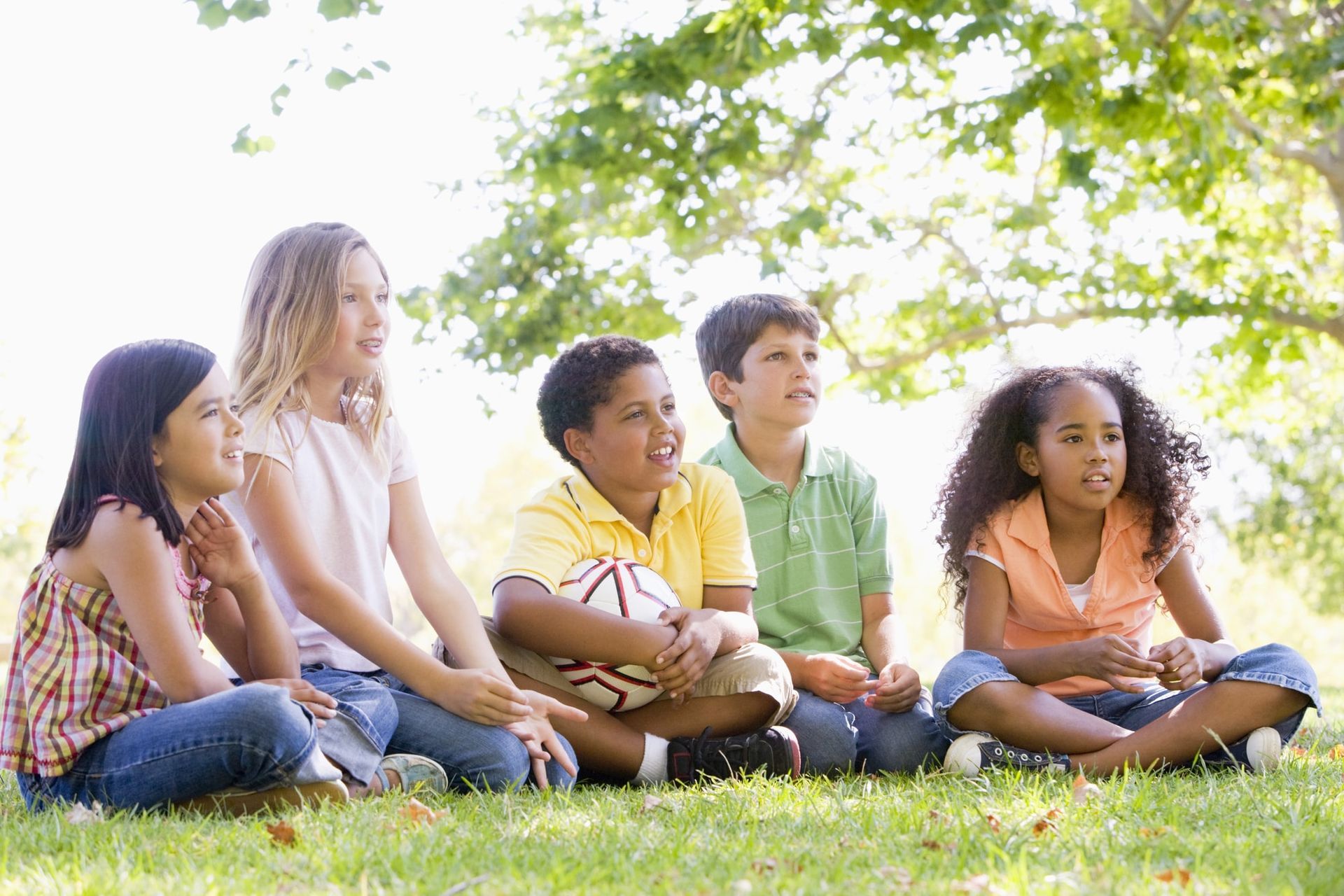
Why Icebreaker Games Matter at Summer Camp
First-day nerves and anxiety can prevent campers from making the connections that transform a good camp experience into a great one. When campers sit quietly in corners or cling to siblings, they miss opportunities to discover new friends and explore different interests. Effective icebreaker games create an inclusive environment where shy campers feel welcome and extroverted kids learn to include others.
These activities help counselors identify group dynamics and friendship patterns within the first few hours. Observant staff can spot natural leaders, recognize campers who need extra encouragement, and identify potential conflicts before they escalate. This early intelligence allows for strategic cabin assignments and activity planning that maximizes positive interactions throughout the session.
Breaking down social barriers early leads to stronger camp communities. When the game begins with inclusive activities that celebrate differences rather than highlight them, campers develop empathy and appreciation for diverse backgrounds, abilities, and personalities. Research on group formation shows that shared fun and collective challenges create group identity and resilience.
Fun games set a positive tone for the entire camp experience. The energy and laughter generated during those first icebreaker sessions establishes expectations for the days ahead. When campers experience immediate success in connecting with other campers, they approach future activities with confidence and openness.
Quick Start Games for Day One
The most effective first-day activities require minimal setup while maximizing participation. These games channel nervous energy into positive interaction and ensure every participant connects with at least one other person immediately.
The Name Wave
This high-energy name game combines memory techniques with physical movement to help campers remember each other within the first hour. Campers sit in a large circle facing inward, creating an intimate space where everyone can see and hear each participant clearly.
The game begins when one camper stands, announces their name loudly, and creates a unique hand gesture that represents something about themselves. This could be a swimming motion for someone who loves water sports, or jazz hands for a theater enthusiast. The rest of the group immediately repeats both the name and gesture in unison.
As the activity continues around the circle, each new participant must recall and perform all previous names and gestures before adding their own. When the game ends after everyone has participated, the group practices the complete sequence three times for memory reinforcement. This repetition leverages kinesthetic memory and creates collective laughter when mistakes inevitably occur.
Variations include adding favorite camp activities, hometown gestures, or interesting facts about pets. For younger campers, simplify by having each person repeat only the immediately previous name and gesture.
Yarn Web Connections
This activity creates multiple connection opportunities through strategic randomization. Before the activity begins, cut yarn into 15 different lengths ranging from 6 inches to 3 feet. Place all pieces in a basket or bag for blind draw selection.
Campers pick yarn randomly and must find their exact length match among other participants. Once pairs connect, they share three interesting facts about themselves before returning their yarn for redistribution. The game continues for 4-5 rounds, ensuring each camper connects with multiple new people.
This method prevents campers from gravitating toward familiar faces and encourages connections across different age groups, cabins, or friend groups. The random matching creates conversations that might never happen naturally, and the time limit keeps energy high while preventing awkward silences.
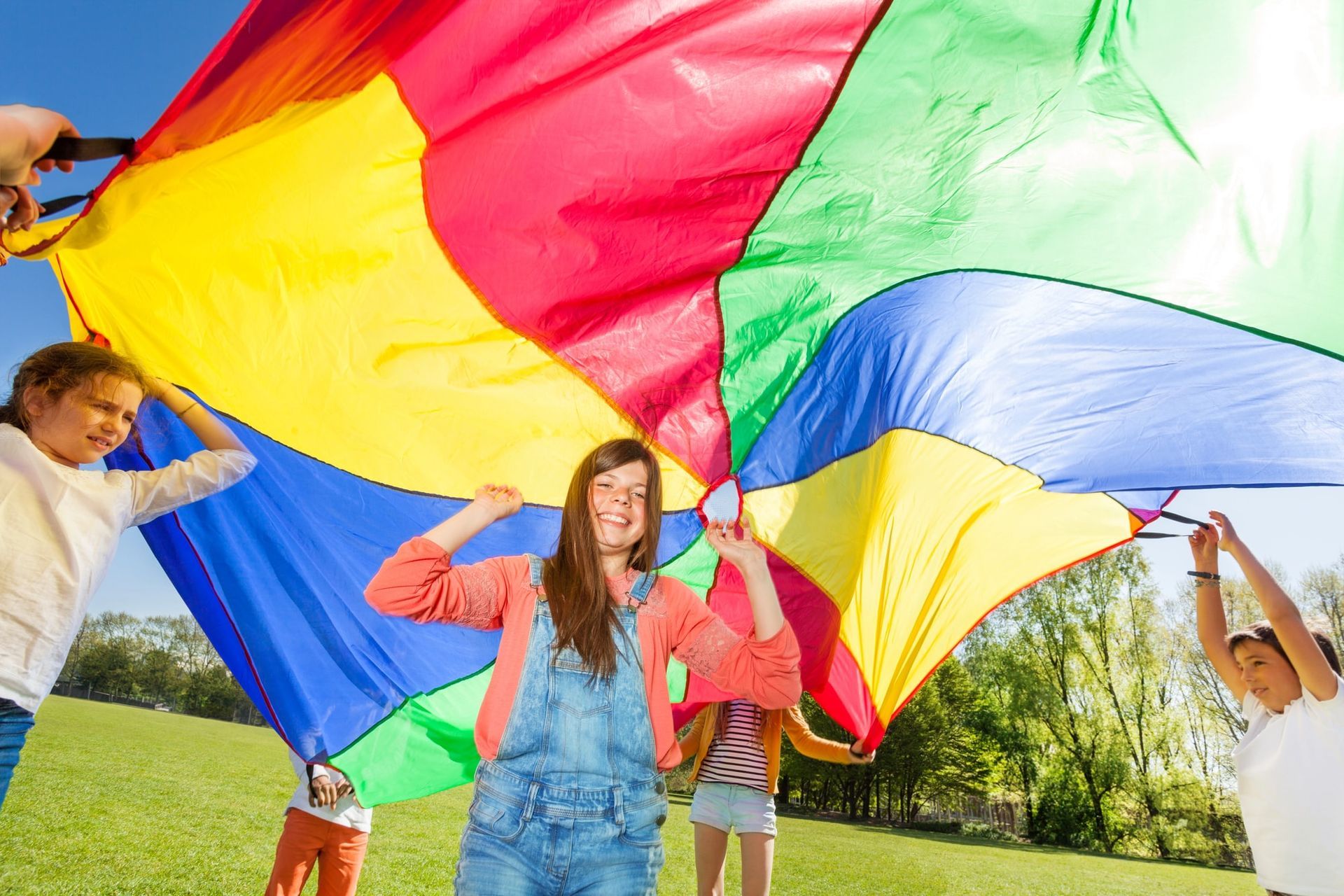
Team Building Through Movement
Physical challenges that require cooperation without competition pressure help campers build trust while accommodating different fitness levels and abilities. These movement-based activities channel excess energy into collaborative problem-solving while creating opportunities for non-verbal communication.
Human Knot Challenge
Groups of 8-10 campers stand in tight circles, extending their hands toward the center. Each person grabs two different hands, ensuring they’re not holding both hands of the same person or holding hands with someone directly next to them. The resulting tangle creates a human knot that the group must work together to untangle.
Without releasing hands, campers step over and under each other, communicating through gentle hand signals only. No talking is allowed, which levels the playing field between extroverted and introverted participants. The goal is returning to the original circle formation, though sometimes groups end up with two interconnected circles or figure-eight patterns.
Success requires patience, spatial reasoning, and willingness to trust other players as they guide movements. When the first team achieves their goal, celebration is immediate and shared, creating strong team bonds and confidence for future challenges.
Blanket Flip Teamwork
Teams of 6-8 campers stand together on a large blanket or tarp, with everyone’s feet touching the fabric. The challenge is flipping the blanket completely over without anyone stepping off onto the playing field. This seemingly simple task requires creative problem-solving and physical cooperation.
Initial attempts usually fail as teams try obvious solutions like lifting corners or having people jump. Success comes when groups discover they need to work in coordinated sections, with some team members carefully moving to create space for others to manipulate the fabric. Communication becomes essential as teams develop strategies and assign roles.
The constraint of staying on the blanket forces close cooperation and trust. Campers must support each other physically and emotionally, celebrating small progress and encouraging persistence when attempts fail. Success creates immediate team celebration and bonding that carries forward into other activities.
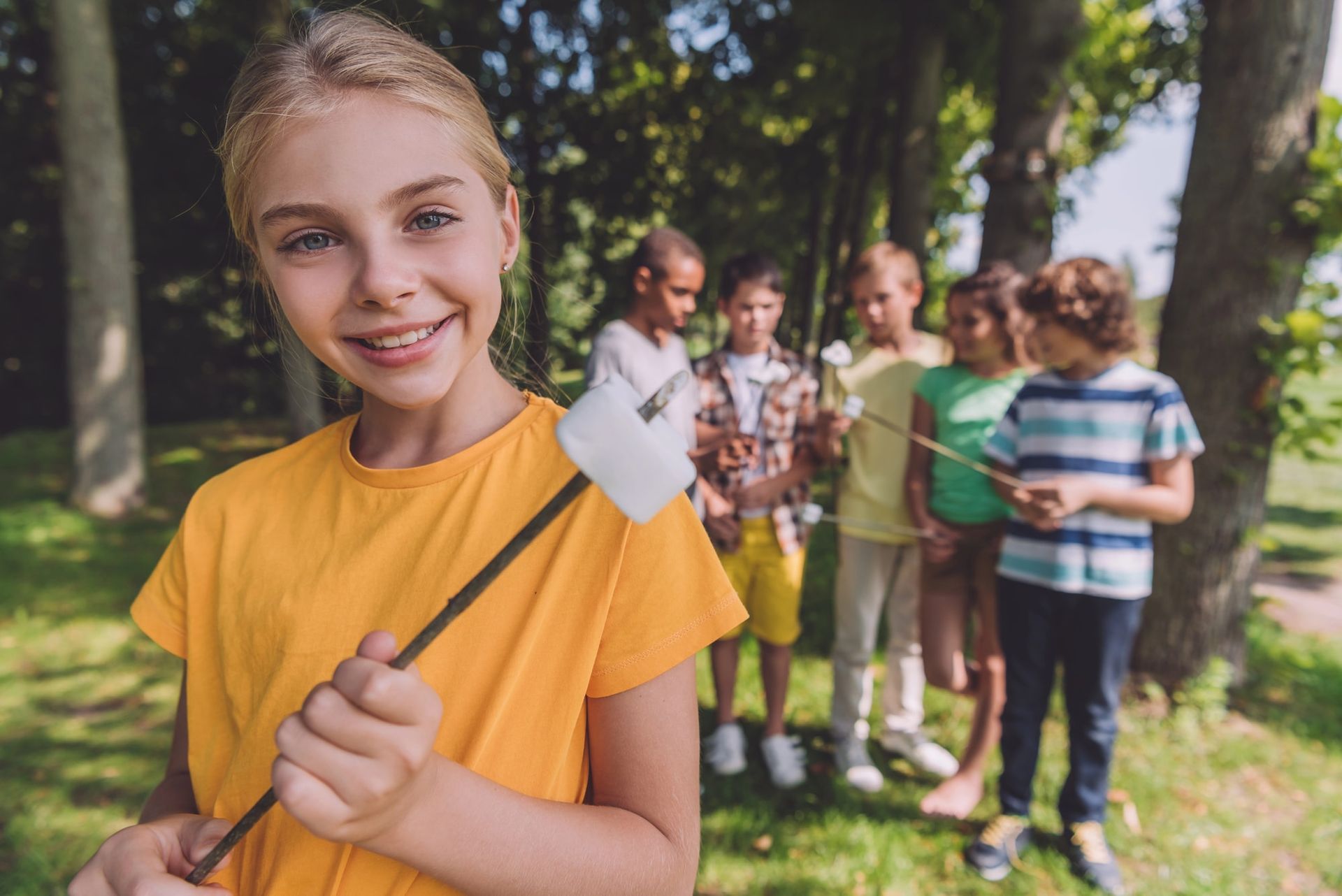
Creative Expression Icebreakers
Artistic activities allow campers to share personality through creativity while accommodating different types of intelligence and learning styles. These non-verbal communication games build understanding beyond words and help identify campers who might not shine in traditional verbal or athletic activities.
Silent Story Theater
Pairs receive three minutes to communicate favorite movie plots using only gestures, facial expressions, and body movements. No props, sounds, or mouthing words are allowed during performances. One partner acts while the other guesses, then they switch roles for a second round.
The creative constraint of wordless communication forces participants to think inventively and rely on empathy to understand their partner’s intentions. Audiences naturally become engaged as they try to guess movie titles, creating shared entertainment and collective problem-solving.
This activity reveals campers’ humor, adaptability, and collaborative spirit. Some pairs develop elaborate staging, while others focus on comedic interpretations. The variety of approaches celebrates different creative strengths and generates authentic laughter that breaks down social barriers.
Collaborative Art Maps
Post large sheets of game paper on walls or tables where campers can draw their journey to camp. Each participant adds their route, hometown, travel obstacles, and interesting landmarks they encountered. The cumulative artwork creates a visual representation of the camp’s geographic diversity.
As campers work on the map, natural conversations emerge about shared regions, similar travel experiences, or surprising route choices. Someone might discover that another camper drove through their hometown, or that multiple people stopped at the same roadside attraction.
This ongoing activity serves multiple purposes: it accommodates campers who arrive at different times, creates conversation starters throughout the first day, and provides counselors with insights into campers’ backgrounds and travel experiences. The finished maps become meaningful artifacts that campers reference throughout their session.
Interactive Question Games
Structured sharing activities reveal personality and interests while preventing awkward silences or oversharing. These conversation formats encourage active listening and follow-up discussions while helping counselors learn important details about each camper.
Four Corners Choices
Label room corners with broad interest categories: Adventure, Creativity, Sports, and Technology. Campers move to corners representing their strongest interest, though they’ll rotate through all areas during the activity.
Corner groups share why they chose that area and brainstorm their dream activity within that interest category. Adventure enthusiasts might discuss ideal hiking destinations, while the creativity group plans an elaborate art project. After ten minutes of discussion, groups present their ideas to other corners.
All participants then rotate to their second-choice corner, repeating the process. This rotation ensures campers learn about different interests and discover unexpected common ground with other participants. Someone who chose Sports first might find they also enjoy creative challenges, broadening their social connections.
Beach Ball Conversation Starter
Write 20 different questions on a large beach ball, including topics like favorite foods, dream vacations, hidden talents, and silly fears. Questions should be light and engaging rather than too personal or controversial.
Campers toss the ball randomly around the circle. When someone catches it, they answer the question under their right thumb. The randomization removes pressure of being called on directly while ensuring equitable participation. Continue for 15 minutes, allowing multiple campers to answer several different questions.
This format accommodates different comfort levels with sharing. Shy campers can give brief answers while extroverted participants elaborate with funny stories. The variety of questions reveals multiple facets of each person’s personality and interests.
Problem-Solving Challenges
Logic puzzles and engineering tasks require group collaboration and different perspectives. These activities build confidence through collective problem-solving success while highlighting natural leadership and teamwork tendencies.
Tower Building Competition
Teams receive identical supplies: 20 straws, 3 feet of tape, and 10 marshmallows. The challenge is building the tallest free-standing tower that can support a marshmallow on top for 30 seconds. Teams have exactly 15 minutes to plan, construct, and test their designs.
This engineering challenge requires diverse roles including idea generation, construction, testing, and presentation. Success depends on communication and willingness to experiment rather than individual skill, making it accessible to all age groups and abilities.
Teams must balance height ambitions with structural stability, often leading to creative solutions like triangular bases, guy-wire supports, or modular construction. When time ends, each team presents their tower and explains their design decisions, celebrating both successful and unsuccessful attempts.
Mystery Box Investigation
Prepare sealed boxes containing unusual but safe objects accessible only through small holes that allow hands but not eyes. Include items with various shapes like kitchen utensils, toys, or craft supplies that create interesting tactile experiences.
Teams take turns reaching into boxes, discussing possible identities based on touch alone. Each team submits one collective guess per box, requiring consensus and compromise. The process reveals how different perspectives enhance group problem-solving when participants share their reasoning.
Debriefing discussions highlight how initial assumptions can be wrong and how combining different observations leads to better conclusions. This reinforces the value of listening to all team members and considering multiple viewpoints in future camp activities.
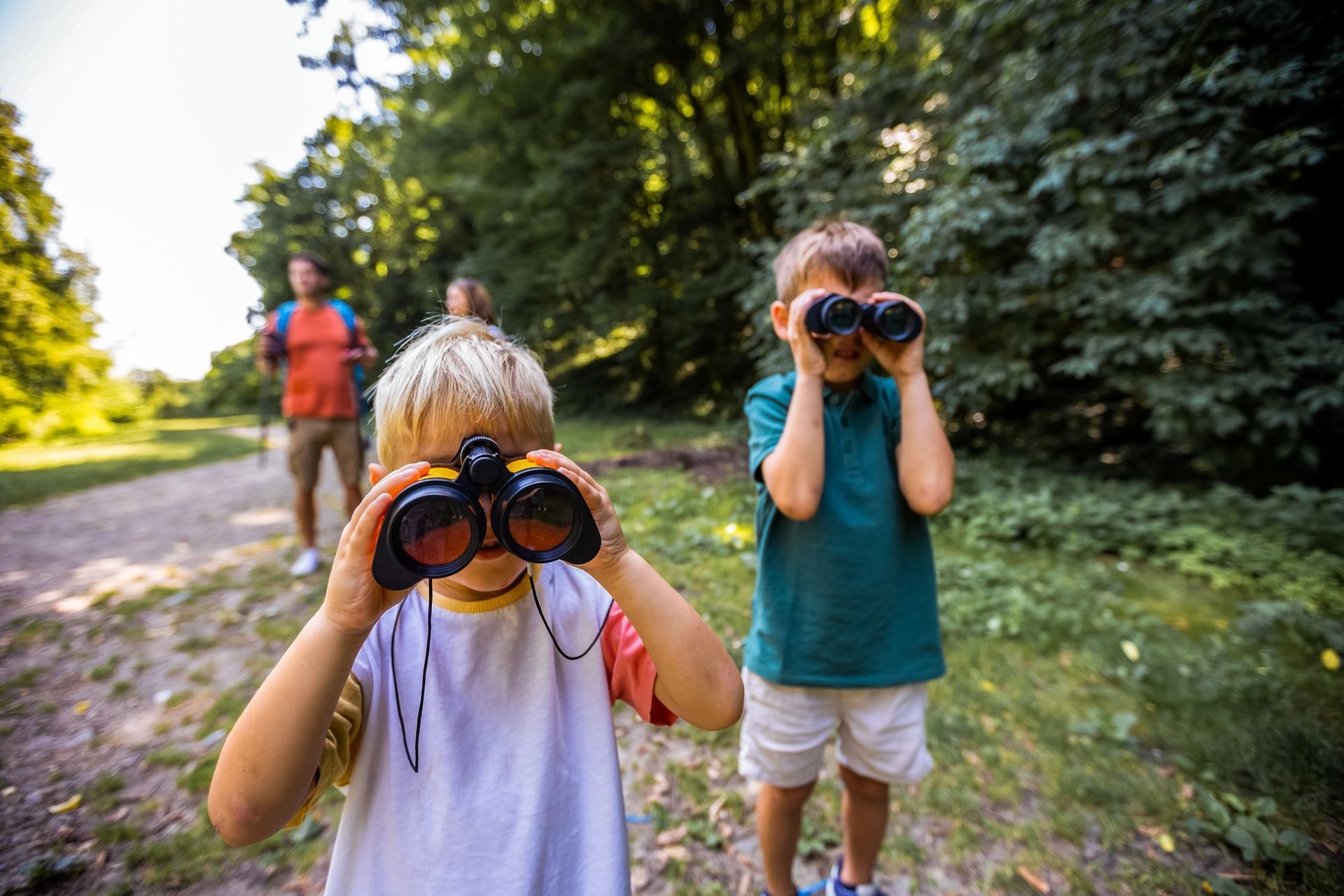
Large Group Energy Builders
High-energy activities suitable for groups of 20-50 campers create camp-wide excitement and shared experiences. These games require minimal setup but generate maximum participation while building momentum for the day’s planned activities.
Camp-Wide Scavenger Rally
Create mixed teams combining campers from different cabins to encourage cross-camp connections. Prepare lists including specific traits like “born in August,” “plays piano,” “has traveled abroad,” or “speaks two languages.” Teams earn points for finding campers matching each criterion and collecting signatures as proof.
The 30-minute time limit creates urgency and encourages quick introductions. Teams strategize about efficient searching methods while discovering surprising facts about the larger camp community. Points systems and friendly competition maintain high energy without creating winners and losers.
This activity works particularly well because it celebrates diversity rather than highlighting differences. Campers take pride in their unique traits while appreciating what others bring to the community.
Human Rock Paper Scissors Tournament
Begin with campers pairing up for traditional rock paper scissors matches throughout the space. Losers become enthusiastic cheerleaders for their winners, creating growing entourages as successful players advance through elimination rounds.
Groups merge and continue competing until two large teams remain, each supported by half the camp. The final championship match involves the entire camp cheering for their representative, creating camp-wide excitement and shared investment in the outcome.
This format transforms individual competition into collective celebration. Early elimination doesn’t mean exclusion; instead, it means joining a larger group with common goals. The energy builds dramatically as groups grow and enthusiasm amplifies.
Making Icebreakers Work for Every Camper
Successful implementation requires attention to individual needs and group dynamics. Provide clear verbal instructions before each activity, demonstrate when necessary, and establish opt-out signals for campers who feel overwhelmed. Remember that some participants need processing time before joining group activities.
Consider age group variations for each game. Younger kids might need simpler rules or shorter time limits, while teens appreciate more complex challenges and opportunities for creative interpretation. Mixed-age activities work best when roles can accommodate different developmental levels.
Create inclusive environments by choosing games that don’t highlight physical, social, or economic differences. Avoid activities requiring expensive equipment, specific cultural knowledge, or advanced physical abilities. The goal is celebrating what each person brings rather than emphasizing what they lack.
Monitor energy levels throughout sessions. High-energy movement games work well early in the day when nerves run high, while creative or discussion-based activities suit quieter moments. Always have backup plans ready when activities aren’t working for particular groups.
Beyond the First Day
While initial icebreakers focus on introductions and basic connections, continue using these techniques throughout camp sessions. Modify familiar games with new themes, questions, or challenges to maintain engagement. Use icebreaker principles when introducing new activities or regrouping after conflicts.
Train counselors to recognize when groups need relationship-building support. Mid-session icebreakers can address emerging cliques, integrate late arrivals, or rebuild connections after difficult activities. The skills campers learn in structured ice-breaking translate to natural relationship building.
Document what works best for different groups, age ranges, and situations. Keep records of successful adaptations and modifications for future reference. Share effective techniques with other staff members to build organizational knowledge and consistency.
The connections formed through thoughtful icebreaker games create the foundation for transformative camp experiences. When campers feel included, valued, and excited about their new community, they approach challenges with confidence and support each other through difficulties.
If you’re looking for a great place to explore camps that prioritize community building and meaningful connections, visit the website for Geneva Point Center to learn more about their programs and approach to creating positive camp experiences.
More Articles from Geneva Point Center
